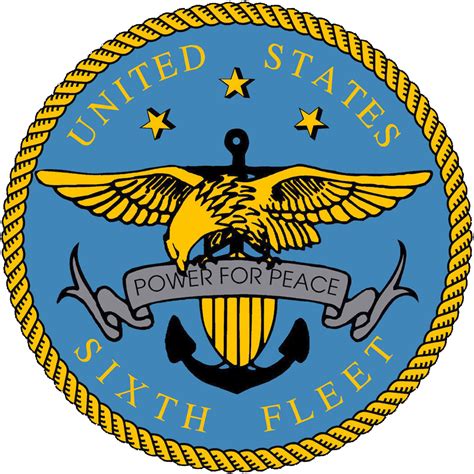The Battle Of Tsushima
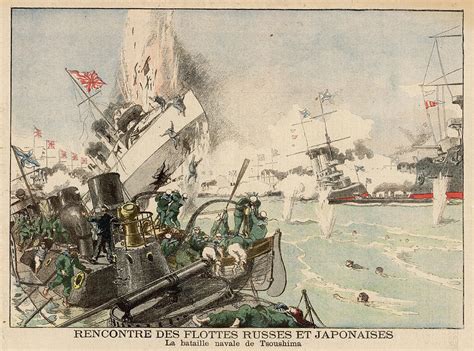
The Battle of Tsushima: A Naval Engagement that Shaped the Course of History
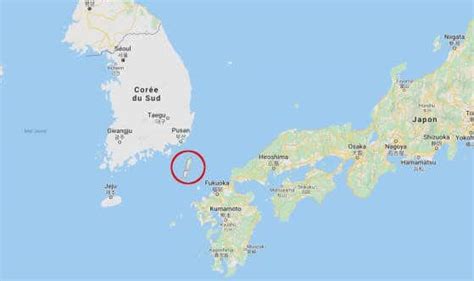
The Battle of Tsushima, fought on May 27-29, 1905, was a pivotal naval engagement between the Imperial Russian Navy and the Imperial Japanese Navy during the Russo-Japanese War. The battle took place in the Tsushima Strait, which separates Japan from Korea, and resulted in a decisive victory for the Japanese. This battle is considered one of the most significant naval engagements in history, and its impact was felt far beyond the shores of Japan and Russia.
Background to the Battle

The Russo-Japanese War was sparked by a dispute over control of Manchuria and Korea, which were both valued for their strategic location and natural resources. The war began in February 1904, when Japan launched a surprise attack on the Russian naval base at Port Arthur, China. The Russian Navy, which was considered one of the most powerful in the world at the time, was caught off guard and suffered significant losses.
Despite their initial successes, the Japanese knew that they had to defeat the Russian Navy in a decisive battle if they were to win the war. The Japanese Navy, under the command of Admiral Heihachiro Togo, spent months preparing for a major engagement. They knew that the Russian Navy was planning to send a large fleet from the Baltic Sea to reinforce their naval presence in East Asia.
The Russian Fleet
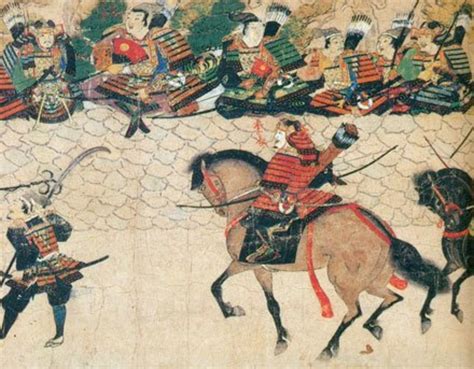
The Russian fleet, known as the Second Pacific Squadron, was commanded by Admiral Zinovy Rozhestvensky. The fleet consisted of 11 battleships, 8 cruisers, and numerous smaller ships. The Russian ships were heavily armed and armored, but they were also slow and cumbersome. The fleet had traveled over 18,000 miles from the Baltic Sea, and the ships were in poor condition when they arrived in East Asian waters.
The Japanese Fleet
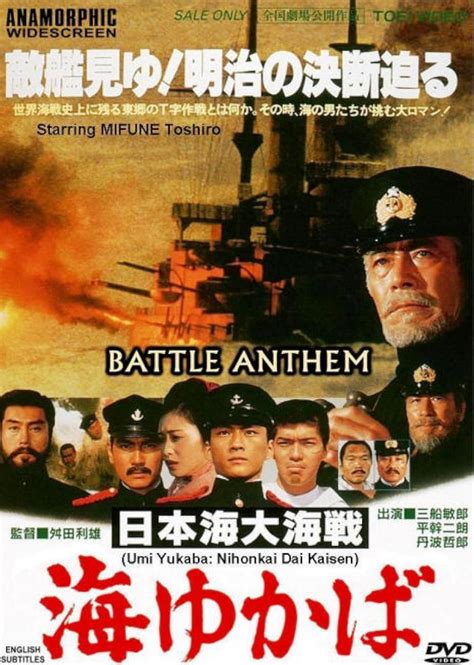
The Japanese fleet, under the command of Admiral Togo, consisted of 89 ships, including 4 battleships, 27 cruisers, and numerous smaller vessels. The Japanese ships were smaller and less heavily armed than the Russian ships, but they were faster and more maneuverable. The Japanese Navy had also developed a number of innovative tactics, including the use of wireless telegraphy to coordinate their ships.
The Battle
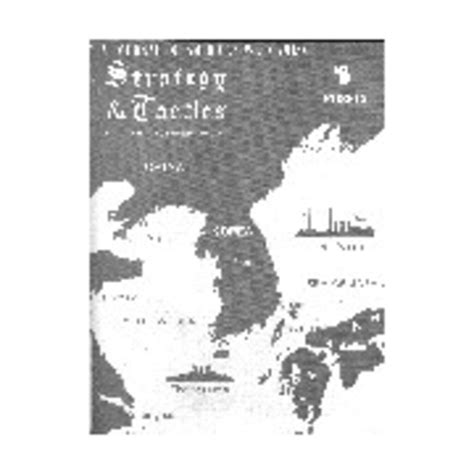
The Battle of Tsushima began on May 27, 1905, when the Japanese fleet intercepted the Russian fleet in the Tsushima Strait. The Japanese ships formed a crescent-shaped line, with the battleships at the center. The Russian ships formed a column, with the battleships at the front.
The battle began with a series of skirmishes between the smaller ships of both fleets. The Japanese cruisers and destroyers harassed the Russian ships, trying to disrupt their formation. Meanwhile, the Japanese battleships prepared to engage the Russian battleships.
As the two fleets drew closer, the Japanese battleships opened fire on the Russian battleships. The Russian ships returned fire, but their guns were slower and less accurate than the Japanese guns. The Japanese ships quickly gained the upper hand, and the Russian fleet began to take heavy damage.
Over the next two days, the Japanese fleet continued to pound the Russian fleet. The Russian ships were unable to withstand the Japanese attack, and many were sunk or captured. By the end of the battle, the Russian fleet had lost 34 ships, including 8 battleships. The Japanese fleet had lost only 3 ships, and 117 men.
Aftermath of the Battle
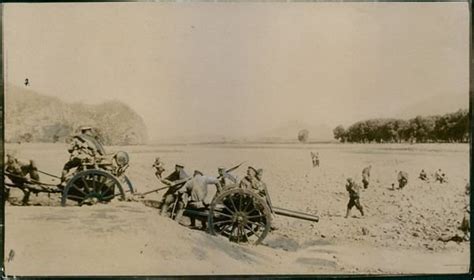
The Battle of Tsushima was a crushing defeat for the Russian Navy. The loss of their fleet made it impossible for them to continue the war, and they were forced to sue for peace. The Treaty of Portsmouth, signed on September 5, 1905, ended the Russo-Japanese War and recognized Japan’s control over Korea and Manchuria.
The Battle of Tsushima had a profound impact on the world. It marked the emergence of Japan as a major world power, and it led to a significant shift in the balance of power in East Asia. The battle also showed the importance of naval power in modern warfare, and it led to significant changes in naval tactics and technology.
🚢 Note: The Battle of Tsushima was a decisive victory for the Japanese Navy, but it was not without cost. The Japanese fleet suffered significant damage, and many sailors were killed or wounded. However, the battle marked a major turning point in Japanese history, and it cemented Japan's position as a major world power.
In conclusion, the Battle of Tsushima was a pivotal moment in modern history. It marked the emergence of Japan as a major world power, and it had a profound impact on the balance of power in East Asia. The battle also showed the importance of naval power in modern warfare, and it led to significant changes in naval tactics and technology.
What was the significance of the Battle of Tsushima?
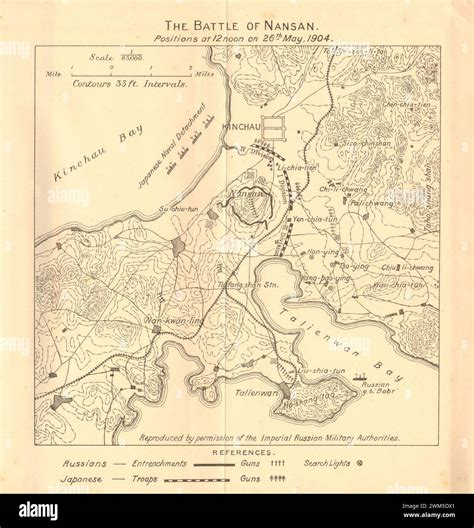
+
The Battle of Tsushima was a decisive victory for the Japanese Navy, and it marked the emergence of Japan as a major world power. The battle had a profound impact on the balance of power in East Asia, and it led to significant changes in naval tactics and technology.
What were the main causes of the Russo-Japanese War?
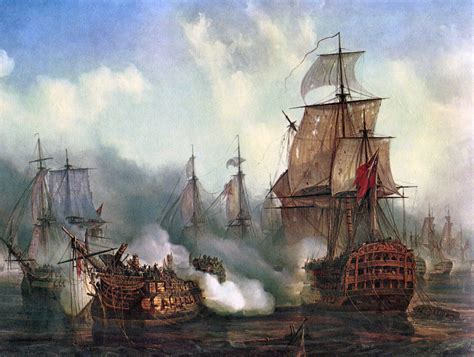
+
The Russo-Japanese War was sparked by a dispute over control of Manchuria and Korea, which were both valued for their strategic location and natural resources. The war began in February 1904, when Japan launched a surprise attack on the Russian naval base at Port Arthur, China.
What was the outcome of the Battle of Tsushima?
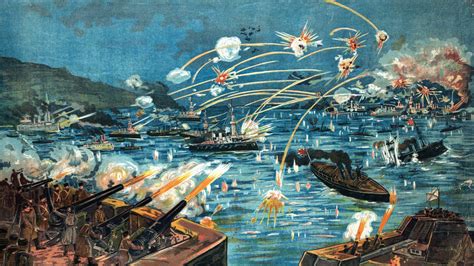
+
The Battle of Tsushima was a crushing defeat for the Russian Navy. The Russian fleet lost 34 ships, including 8 battleships, while the Japanese fleet lost only 3 ships and 117 men. The battle marked a major turning point in Japanese history, and it cemented Japan’s position as a major world power.
Related Terms:
- Selat Tsushima
- Jepang
- Battle of Tsushima Mongol
- Battle of Tsushima movie
- Battle of Ulsan
- Battle of Liaoyang


